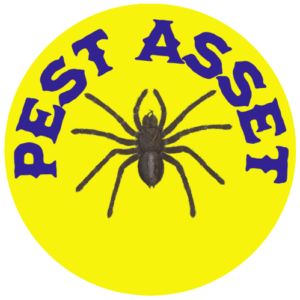Introduction
Welcome to our comprehensive guide on springtails. These small arthropods, also known as “snow fleas” or “jumping bugs,” are often misunderstood and overlooked. In this article, we aim to provide you with detailed insights into springtails, their unique characteristics, and their behavior. By the end of this guide, you will have a thorough understanding of springtails and be better equipped to manage any potential issues related to their presence.
1. What Are Springtails?
Springtails are tiny insects that belong to the order Collembola. Despite their name, they are not actually fleas and do not pose the same risks or challenges. Springtails are found in a variety of habitats, including soil, leaf litter, and moist environments. They are typically less than 6 millimeters in length and are known for their ability to jump using a specialized appendage called a furcula. Springtails come in a range of colors, including white, gray, black, and even bright red.
2. Physical Characteristics
Springtails have unique physical characteristics that distinguish them from other insects. They have soft bodies and lack wings, although some species have reduced wing-like structures. The most notable feature of springtails is their forked appendage, the furcula, located on the underside of their abdomen. This structure allows them to perform impressive jumps, propelling them several centimeters into the air. The furcula acts as a spring, hence the name “springtails.”
3. Behavior and Habitat
Springtails are highly adaptable and can be found in various habitats worldwide. They thrive in environments with high moisture content, such as damp soil, leaf litter, and decaying organic matter. Springtails play a crucial role in the decomposition process, as they feed on fungi, algae, and decaying plant material. They are often found in gardens, forests, and other natural areas, where their feeding activities contribute to nutrient recycling.
4. Reproduction and Life Cycle
The life cycle of springtails consists of several stages, including eggs, nymphs, and adults. Female springtails lay eggs in the soil or other suitable substrates. The eggs hatch into nymphs, which resemble smaller versions of adults but lack wings. Nymphs undergo a series of molts as they grow, eventually reaching adulthood. Springtails reproduce quickly, with some species having the ability to produce multiple generations in a single year under favorable conditions.
5. Interaction with Humans
Springtails are harmless to humans and do not pose any significant threats. They do not bite, sting, or transmit diseases. While large populations of springtails may become a nuisance, they are generally regarded as beneficial organisms due to their role in decomposition and nutrient cycling. In some cases, however, springtails may enter homes or other structures in search of moisture. If their presence becomes bothersome, simple measures like reducing moisture levels and addressing any underlying moisture issues can help manage their populations.
Conclusion
Springtails are fascinating creatures that play an important role in our ecosystems. While they may occasionally become a nuisance, it is crucial to understand that they are harmless and do not pose any significant risks to humans or pets. By familiarizing yourself with their characteristics and behavior, you can appreciate the important role they play in nature’s balance.
If you encounter springtails in your living spaces, it is best to focus on reducing moisture levels and addressing any underlying dampness issues. This approach will help discourage their presence and maintain a comfortable environment for you and your family.
Disclaimer: This article is for informational purposes only and should not be considered a substitute for professional pest control advice. If you have concerns about springtails or any other pest-related issues, it is recommended to consult with a qualified pest control professional for personalized recommendations.



